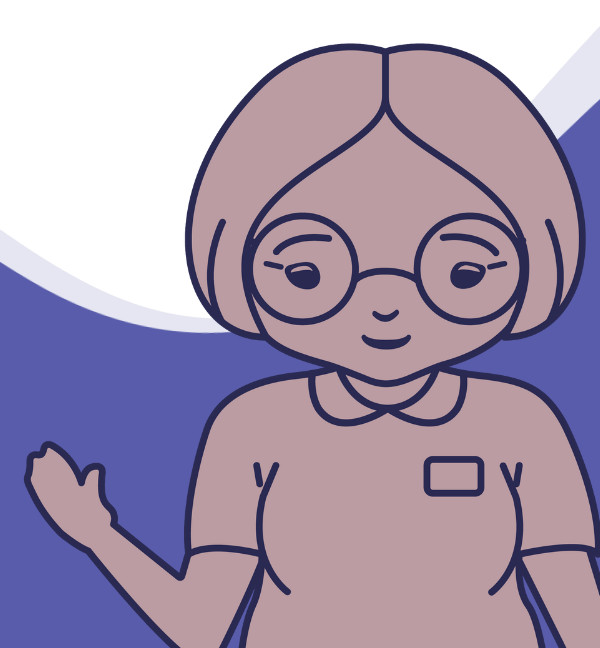Facts
Babies are always learning—they are born that way
Facts
Babies are always learning—they are born that way
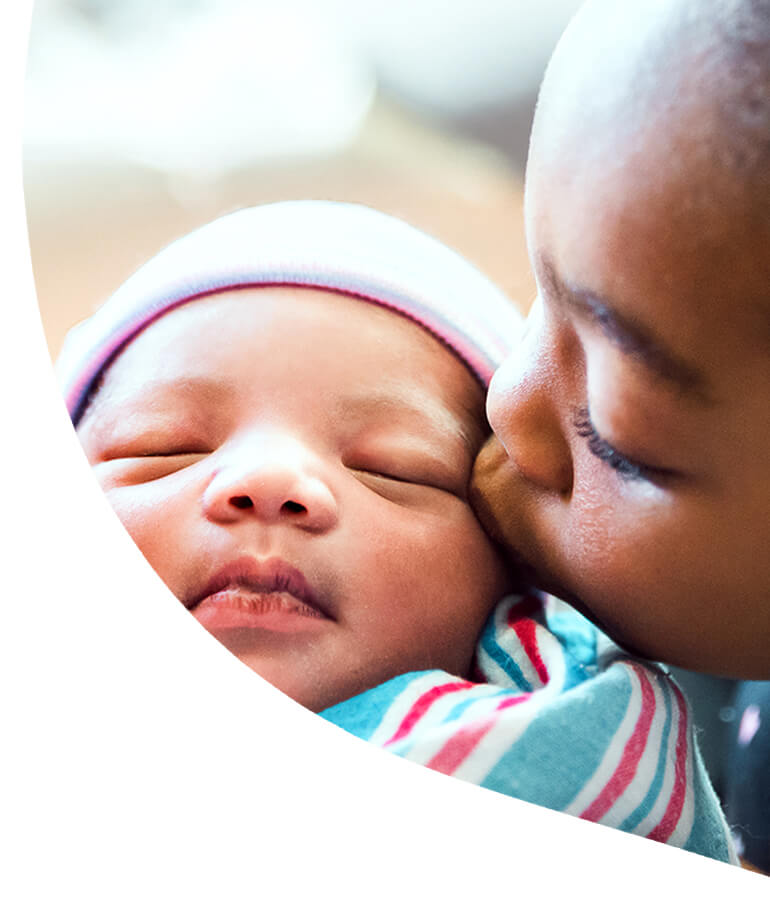
Facts
Babies are always learning—they are born that way
The Moments Together
step-by-step guide
Learn the facts by expanding the sections below
or get the full guide (it's free!).
The Moments Together
step-by-step guide
Learn the facts by expanding the sections below or get the full guide (it's free!).
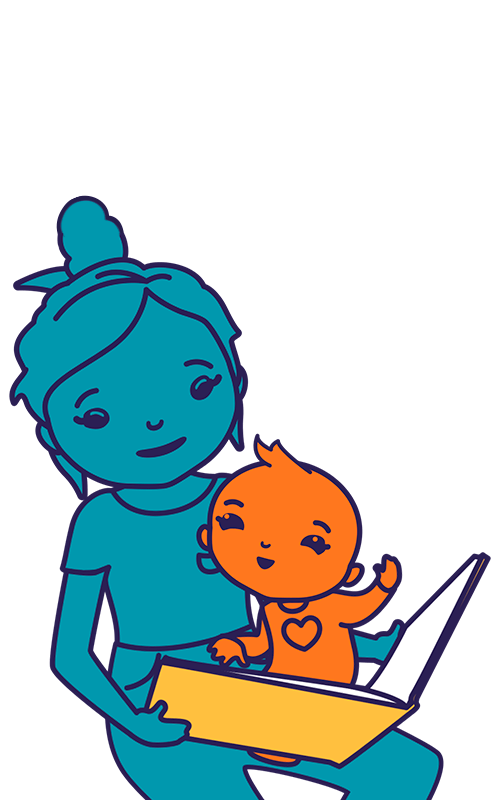
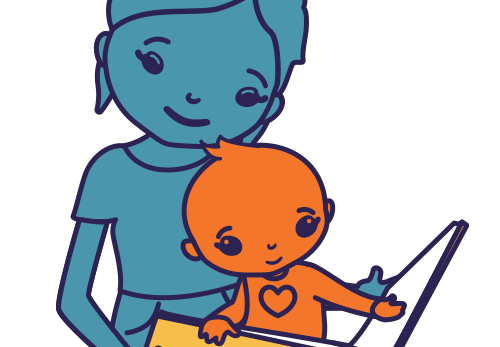
Help grow their language and imagination by reading or sharing stories aloud.
Help grow their language and imagination by reading or sharing stories aloud.
Help grow their language and imagination by reading or sharing stories aloud.

Interactive play is a great way to build your child’s brain. Let them follow and lead.
Interactive play is a great way to build your child’s brain. Let them follow and lead.
Interactive play is a great way to build your child’s brain. Let them follow and lead.
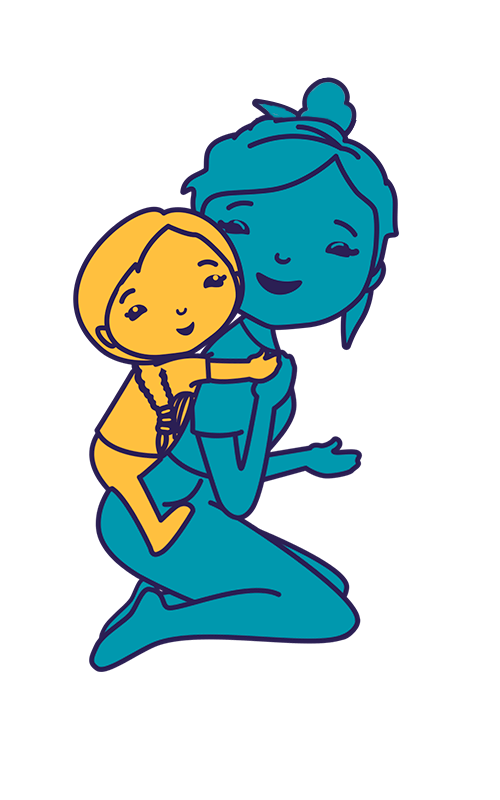


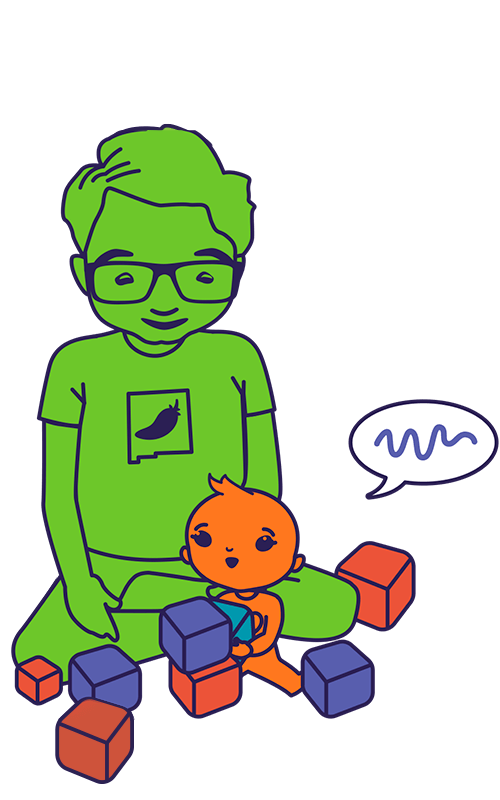
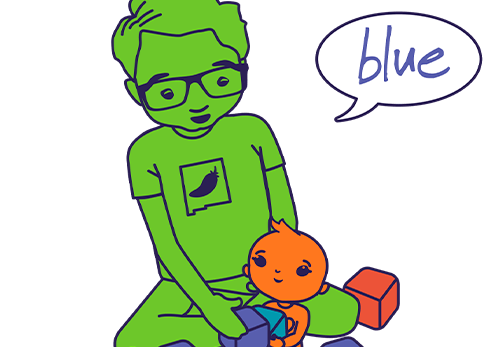
Share lots and lots of words – in any language.
Share lots and lots of words – in any language.
Share lots and lots of words – in any language.

Give them comfort with a simple smile.
Give them comfort with a simple smile.
Give them comfort with a simple smile.
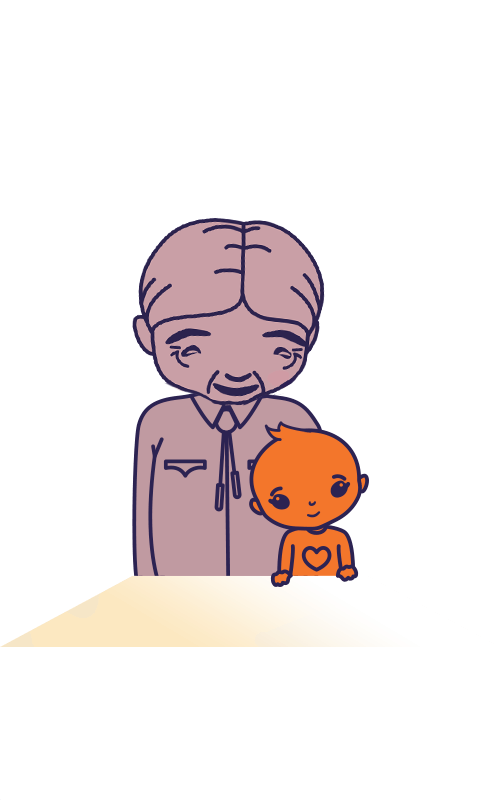

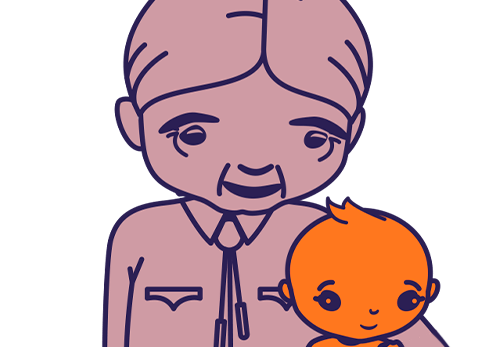
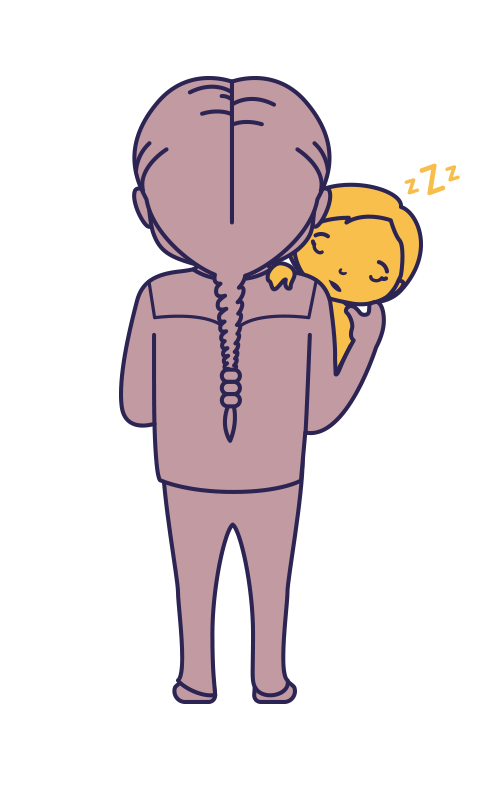
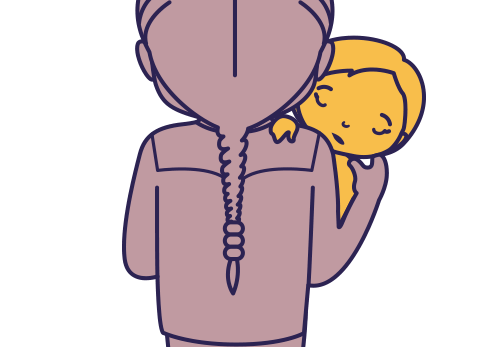
Provide your child a sense of safety with a hug.
Provide your child a sense of safety with a hug.
Provide your child a sense of safety with a hug.
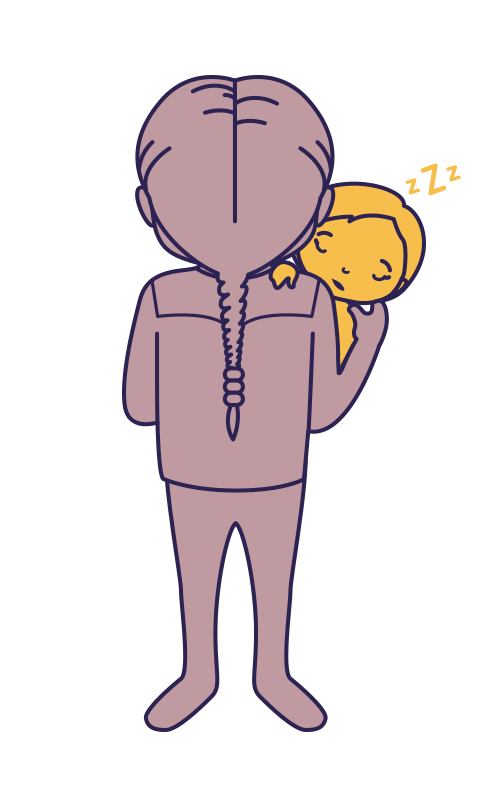
Help balance their emotions by singing a song, it also helps build their language skills.
Help balance their emotions by singing a song, it also helps build their language skills.
Help balance their emotions by singing a song, it also helps build their language skills.
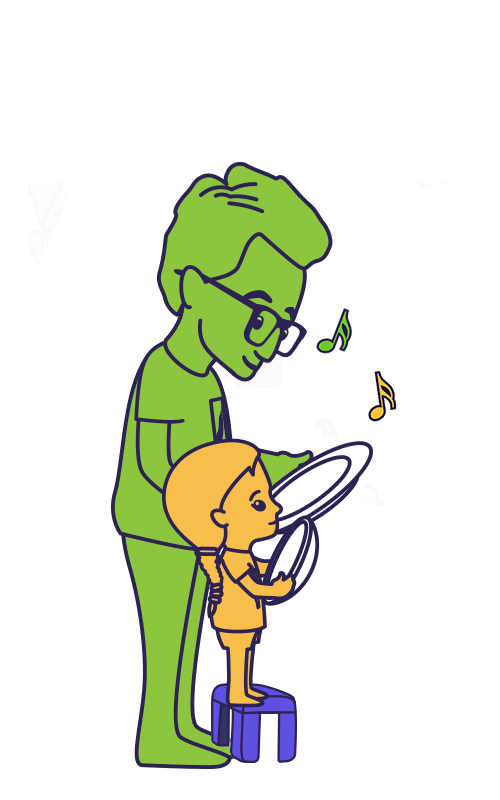

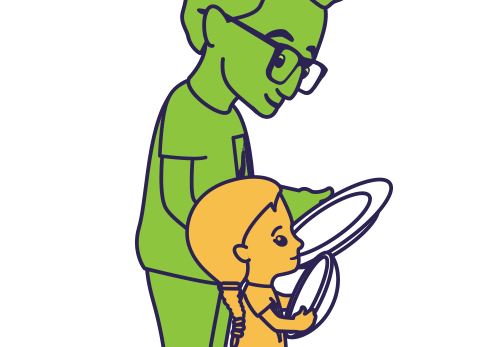
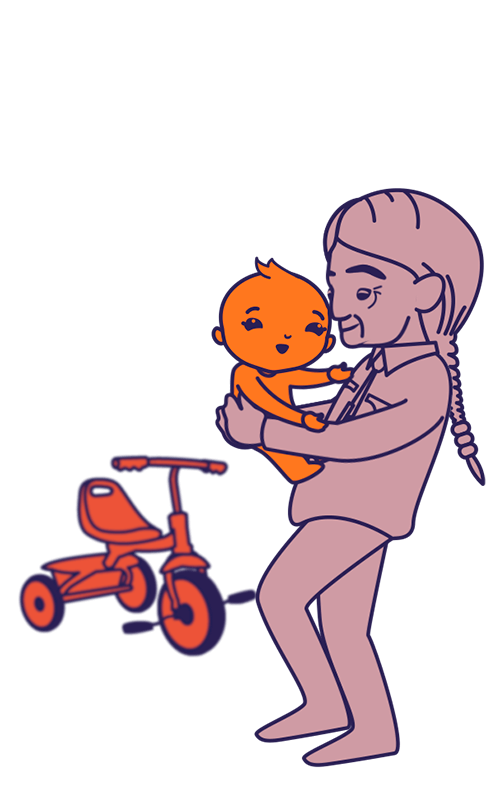
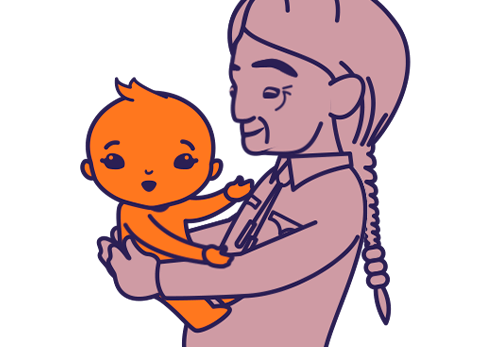
Help them learn and stay healthy by incorporating movement.
Help them learn and stay healthy by incorporating movement.
Help them learn and stay healthy by incorporating movement.

More helpful facts:
Research has shown that in the first few years of life, more than 1 million new neural connections form every second, a rate of growth and development that never happens again.
Child-adult relationships that have lots of back and forth interactions build a strong foundation in a child’s brain for all future learning and development. This is called “serve and return.” It takes two to play!
Most child development happens from ages zero to five. Critical brain development for processing sensory information, language, and higher cognitive function happen in a baby’s first five years.

